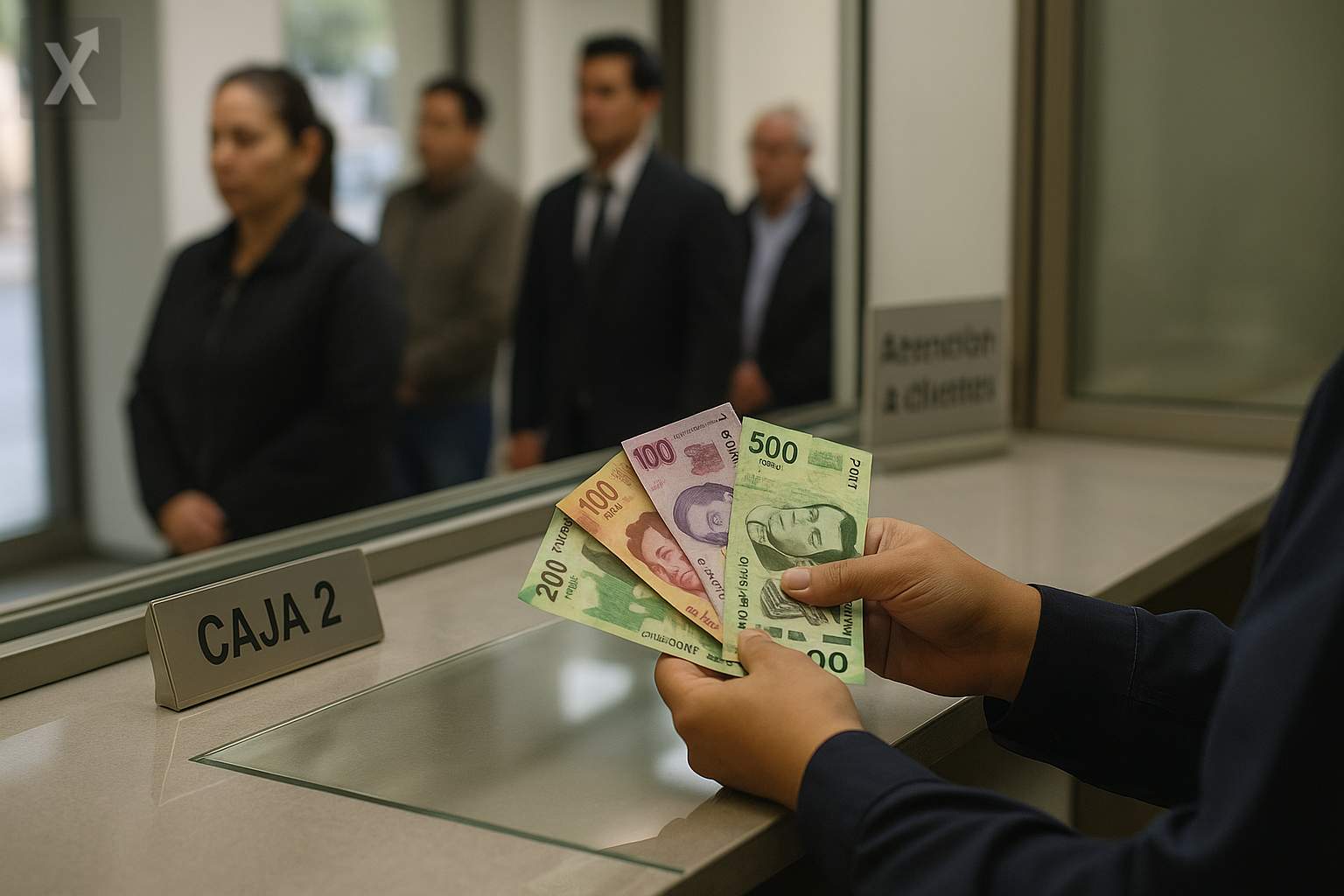Cetes Reflect Expectations of Further Rate Cuts Amid Easing Inflation

In the latest weekly auction of Federal Treasury Certificates (Cetes), Mexico’s government debt instruments showed changes in their yields, reflecting a market environment where financial participants anticipate that Banco de México (Banxico) will continue its cycle of benchmark interest rate cuts. The 28-day Cetes dropped by 0.14 percentage points from the previous auction, settling at 8%, while the 91-day notes fell by 0.1 points to 7.93%. The 181-day instrument saw a slight uptick of 0.03 points, closing at 8.09%, and the 1-year Cetes dropped to 8.27%.
This behavior comes as inflation is slowing down, though it remains above Banxico’s target. The National Institute of Statistics and Geography (Inegi) reported that headline inflation in the first half of June reached 4.51% year-over-year, down from 4.62% at the end of May. Nevertheless, this figure still exceeds Banxico’s target of 3% +/- one percentage point, indicating that inflationary risks persist.
Against this backdrop, last month the central bank decided to cut its benchmark interest rate by 50 basis points, bringing it down to 8.5%. This marks the third consecutive reduction and puts the cost of money at its lowest level since 2022. The next monetary policy meeting is scheduled for this Thursday, and market expectations point to a possible additional half-point cut. Analysts forecast that by the end of the year, the benchmark rate could be around 7.5%, suggesting that the size of the adjustments may decrease as the rate-cutting cycle progresses.
The gradual decline in Cetes yields reflects market sentiment toward the possibility that the monetary easing cycle will continue, in line with international trends, but at a pace determined by the evolution of inflation and financial stability. Investment flows into government debt instruments have remained resilient so far, though a prolonged decline in yields could prompt savers and investors to seek higher returns or greater diversification, both locally and internationally.
Looking ahead, it will be key to monitor the course of inflation and economic growth, as well as external factors like U.S. monetary policy and international commodity price trends. All of these elements will play a role in Banxico’s future decisions and, consequently, in the returns on public debt instruments.
In summary, while Mexico is experiencing a moderate decline in inflation and a downward trend in interest rates, the environment still calls for caution from both policymakers and investors. The pace and depth of future cuts will continue to be shaped by the evolution of key economic indicators and the response of financial markets.






